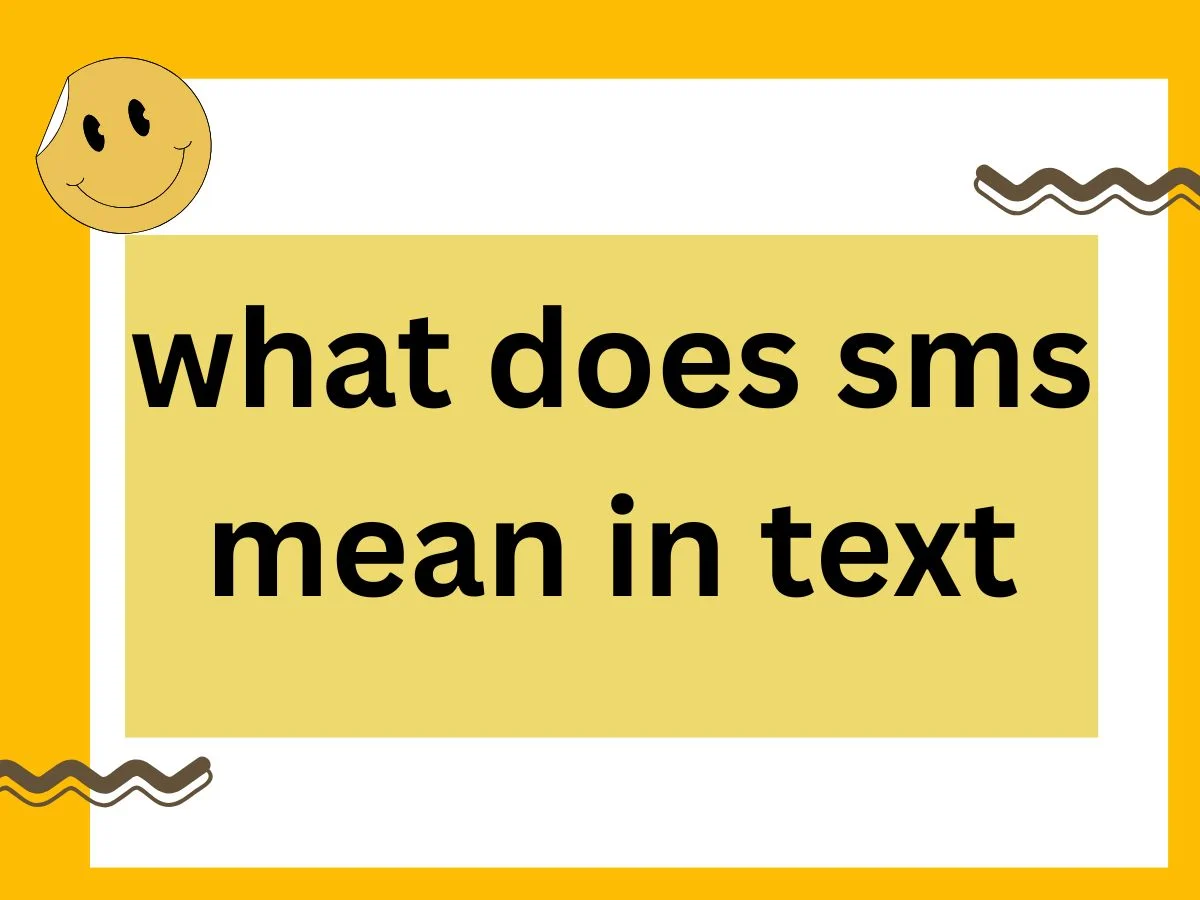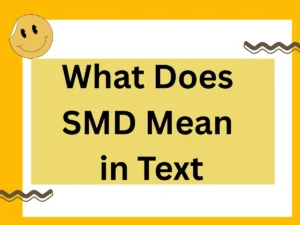In 2025, text messaging has evolved far beyond simple words sent between two phones. We now have encrypted chats, multimedia sharing, and AI-powered messaging tools. Yet, one abbreviation from the earliest days of mobile communication still remains universally recognized: SMS.
🔥 Rizz Line Generator 🔥
Whether you’re reading an old message log, configuring your phone’s settings, or seeing “SMS” in an app, it’s important to know exactly what it means, how it’s used, and when it’s still relevant. In this guide, we’ll dive into the meaning of SMS in text, its history, current relevance in 2025, etiquette, tone-based alternatives, and expert communication tips that go beyond what you’ll find anywhere else.
The Core Meaning of SMS
The abbreviation SMS stands for Short Message Service. It is a communication protocol that allows users to send and receive short text-only messages, usually limited to 160 characters per message. This is the technical definition, but in real-world conversation, “SMS” is often used to refer to:
- A standard text message sent from one mobile device to another
- A non-internet-dependent message (no Wi-Fi or mobile data needed)
- An older but still reliable messaging method
Key Takeaway
When someone says “I’ll send you an SMS,” they mean a standard cellular text message, not a message sent via internet-based apps like WhatsApp, Messenger, or iMessage.
The Origins of SMS: A Brief History
- 1992 – The first SMS message was sent: “Merry Christmas” from a computer to a phone in the UK.
- Early 2000s – SMS became the default texting method worldwide.
- 2010–2020 – Internet-based messaging apps started to overtake SMS in popularity.
- 2025 – SMS remains important for authentication codes, banking alerts, and emergency notifications due to its offline reliability.
SMS in the Context of Modern Texting
While many now prefer richer messaging platforms, SMS is still critical in certain contexts:
- Security – Banks, online services, and government agencies often send verification codes via SMS.
- Global Reach – Works even without internet or in low-coverage areas.
- Compatibility – Every mobile phone supports SMS, from basic phones to advanced smartphones.
How SMS Differs from Other Messaging Types
| Feature | SMS | MMS | Instant Messaging Apps |
|---|---|---|---|
| Data Required | No | No (but MMS may need mobile data) | Yes |
| Media Support | Text only | Text, images, audio, video | Text, images, audio, video |
| Message Size | ~160 characters | Larger | Unlimited |
| Reliability | Very high | High | Depends on internet |
| Security | Moderate | Moderate | Varies |
Note: In casual conversations, people rarely make this distinction, but professionals—especially in IT, telecom, or marketing—must understand these differences.
The Tone & Context of “SMS” in Conversations
The meaning of “SMS” doesn’t change, but its tone and implications can vary:
- Formal: “Please provide your SMS number for updates.”
- Neutral: “I’ll send the details via SMS.”
- Casual: “Text me!” (instead of explicitly saying SMS)
The right tone matters in professional vs. personal contexts.
SMS Etiquette in 2025
Even though SMS is simple, there’s still etiquette:
- Keep it concise – Remember the 160-character limit.
- Avoid sensitive info – SMS is less secure than encrypted apps.
- Reply promptly – People expect faster replies with SMS than with email.
- Mind the time – Avoid sending SMS late at night unless urgent.
- Use proper grammar in professional contexts.
Polite & Professional Alternatives to “SMS”
In many contexts, you may want to say something other than “I’ll SMS you.” Below are 10 refined options with tone guidance:
- “I’ll send you a text message.” – Neutral, friendly.
- “I’ll send you the details via mobile text.” – Professional, clear.
- “I’ll forward the information to your phone.” – Formal.
- “Expect a message shortly.” – Professional, concise.
- “I’ll reach out through text.” – Polite, business casual.
- “You’ll get the update by text.” – Straightforward.
- “I’ll send a standard message to your number.” – Technical clarity.
- “Watch for a quick phone message from me.” – Friendly.
- “I’ll drop you a message.” – Casual.
- “Look out for my text.” – Friendly, personal.
Why SMS Still Matters in 2025
Even with advanced apps, SMS remains critical for business and safety:
- Works during internet outages
- Compatible with all devices
- Used by emergency services and disaster alerts
- Supports multi-factor authentication
- Cost-effective for bulk notifications
Common Misunderstandings About SMS
- It’s not encrypted end-to-end like some apps.
- Not the same as MMS – MMS supports media, SMS doesn’t.
- Not free worldwide – International SMS may cost extra.
- Not obsolete – Still actively used in 2025.
Final Thoughts
In everyday texting, SMS is a timeless abbreviation that bridges the old and new worlds of communication. Understanding its meaning, technical aspects, tone variations, and modern relevance allows you to use it more effectively in both casual chats and professional interactions.
If you’re writing to someone in 2025, choosing the right wording and tone can make your message feel more personal, respectful, or professional—depending on your goal.





